The growth of DIY stores in France is no coincidence. "The trend from 2020 continues: the savings balance of the French remains large," says Juliette Lauzac, who looks after the industry statistics for the French trade association FMB and the manufacturers' association Inoha. In concrete terms: according to the Banque de France, the French still had EUR 200 bn in savings in 2021 (after EUR 200 bn the year before). The real estate market also remains stable: the number of sales of existing properties has risen to more than EUR 1.2 mio transactions in twelve months. In addition, purchasing power has remained stable, the home office has become established, and tradesmen's order books are full. And: do-it-yourselfers have acquired new skills, notes the home improvement industry.
These positive conditions are also reflected in high growth rates in neighbouring sectors: the garden market has increased by 15.5 per cent (according to GfK), the furniture market by 14.3 per cent (according to IPEA), the market for electrical household appliances by 7.6 per cent (according to GIFAM).
The situation is very similar for the product groups of the home improvement market. The garden assortments have increased by 17 per cent, especially in the areas of garden equipment and power tools. The building materials assortments have also grown by 17 per cent, partly because do-it-yourselfers (who cannot find craftsmen) are more confident. The plumbing/bathroom/kitchen segment grew by 15 per cent; in the land of gourmets, home cooking has become more popular again since the lockdowns.
The product groups electrical (plus 13 per cent), wood (plus 12 per cent) and floor coverings (plus 9 per cent) have also benefited from the improved know-how of do-it-yourselfers. Hardware (plus 10 per cent), tools (plus 9 per cent) and decorations (plus 4 per cent) fared somewhat weaker (but still very positively). The latter is not surprising; after all, home improvement was one of the first DIY activities when the coronavirus brought people back to the home more. That's why even last year's record-breaking assortment, paints, posted a minus of 1 per cent compared to this record-breaking previous year, 2020.
Development in the trade continues
If we look at the development of the retail companies, we see that the trends from previous years continue. The most striking is that market leader Adeo is gaining, while pursuer Kingfisher continues to lose market share. In concrete figures: Adeo increases its…

 Menü
Menü




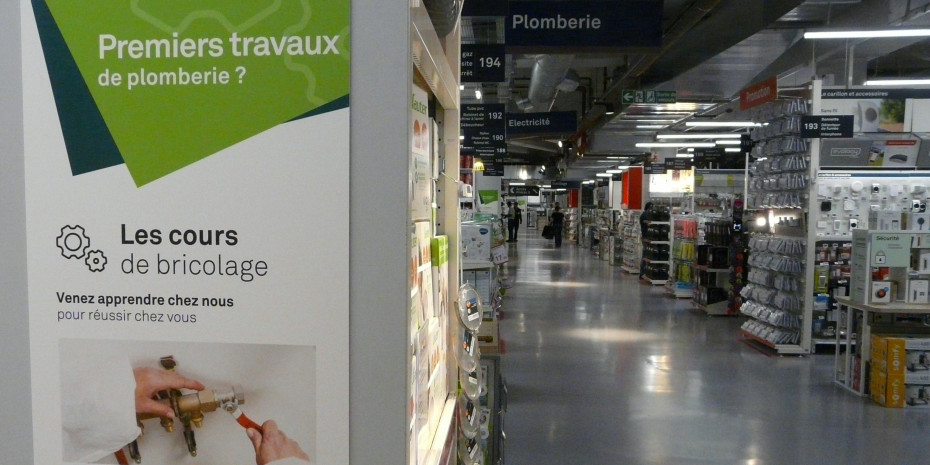

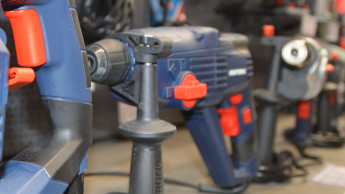


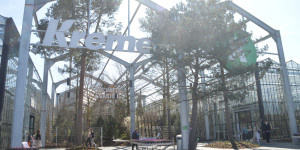


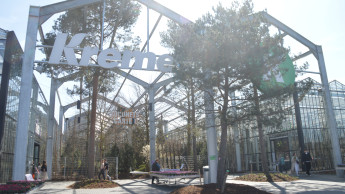

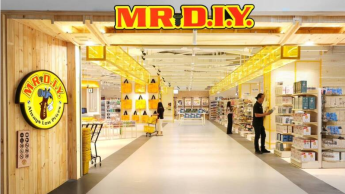
 Newsletter
Newsletter